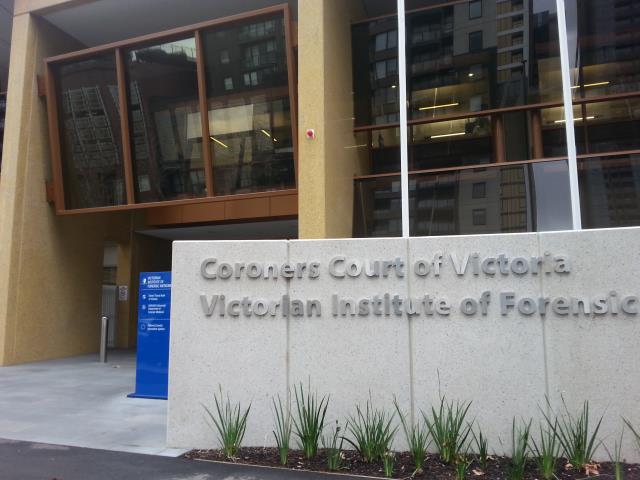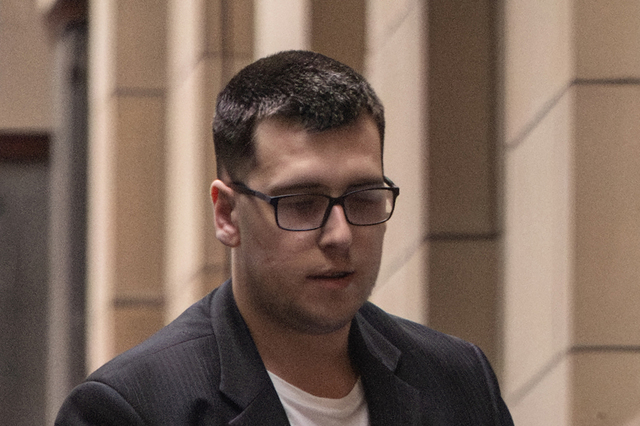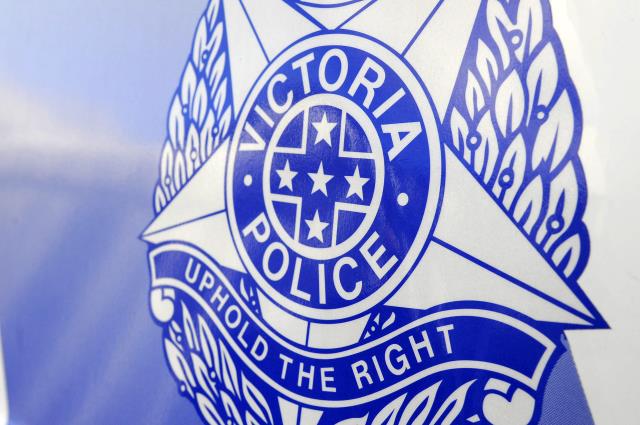By Bridget Brady
CASEY council has requested the State Government remove about 4000 hectares from the south-east Urban Growth Boundary (UGB) investigation area.
The move is to protect land considered of high agricultural value – and important for Melbourne’s food supplies.
The land in question, in the Clyde and Devon Meadows areas, has prime soils used extensively for market gardens and vegetable growing.
In a meeting with Planning Minister Justin Madden this month, council representatives put forward their preferred option, which would exclude more than two-thirds of the land currently earmarked if Casey were included in the UGB.
Casey’s proposal is for 1500 hectares to be included in the UGB compared to the currently proposed 5500 hectares.
Council officers have previously labelled the proposed Casey UGB, which is planned to accommodate Melbourne’s growing population, as “rushed” and “ill-conceived”.
Mayor Geoff Ablett said he was pleased Mr Madden would seriously consider the council’s concerns. “He gave us a really good hearing and he said he would take it on board and have a really good think about it,” Cr Ablett said.
The council’s alternative is to provide for a more contained expansion of the UGB, focused on transport corridors and developed at a density necessary to still meet dwelling targets. “We were very pleased that the minister appeared to give great weight to the need to secure Melbourne’s food supplies in a sustainable way.”
Cr Ablett said another reason for the council’s requested changes was because there was little infrastructure, such as public transport, in place in the Clyde area to accommodate urban development and because Clyde soils were complemented by the availability of recycled water from the Eastern Treatment Plant at Carrum. “One of our aims is to be on the front foot as far as infrastructure goes and it’s not good having these areas if the infrastructure is not all in place and well planned,” he said.
If the council’s changes are accepted, it would see many landowners excluded from the Growth Areas Infrastructure Charge (GAIC). Under the scheme, landowners whose property falls within the UGB from 2009 will be charged a levy of $95,000 per hectare when they sell, as the State Government says their land value will increase significantly when they are included in the UGB.
Michael Hocking, the chairman of Taxed Out, a group opposed to the GAIC, said his group’s main concern was that whoever was caught up in the UGB should not have to pay the tax at the point of sale. Rather, the group proposed the tax could be paid at the point of development.
The State Government is likely to make a decision on the areas it is investigating for the expansion of the UGB later in the year.
Save our soil
Digital Editions
-

Victim’s begging led up to partner homicide
A State Coroner has called for a decriminalised approach to begging after an Endeavour Hills woman was fatally bashed by her abusive partner. Jessica Geddes,…





